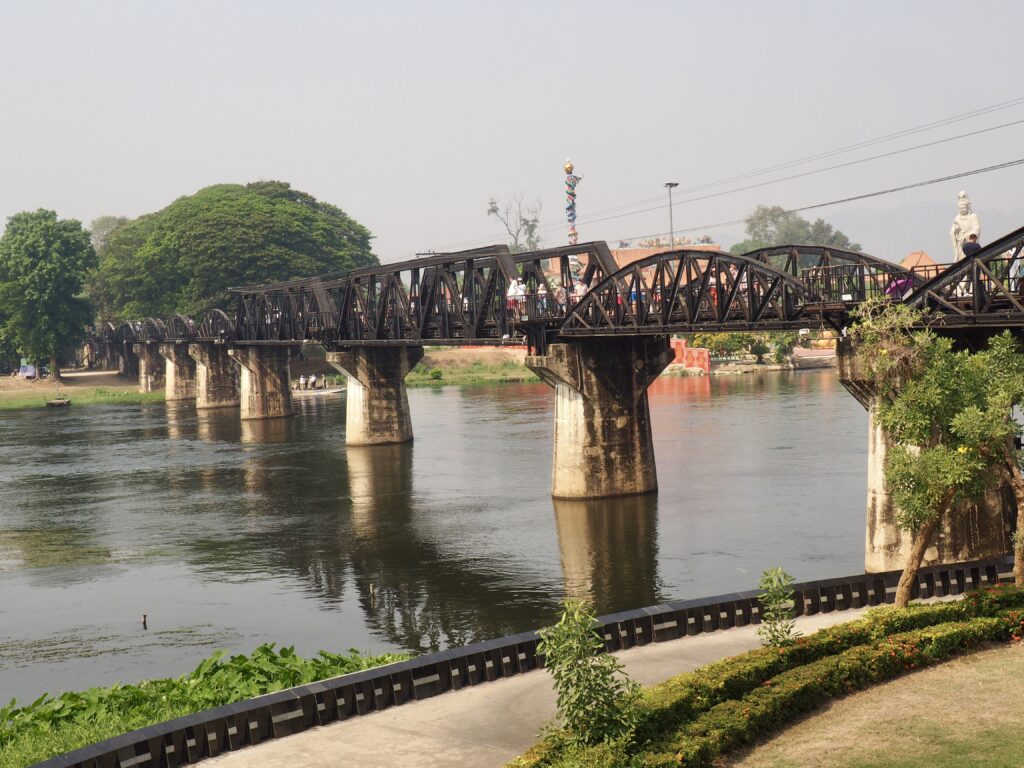
A horrific story from World War II is most remembered because of a work of fiction and the movie based on it. While exploring themes of loyalty and obsession, the novel does, however, capture the enormity of the actual events.
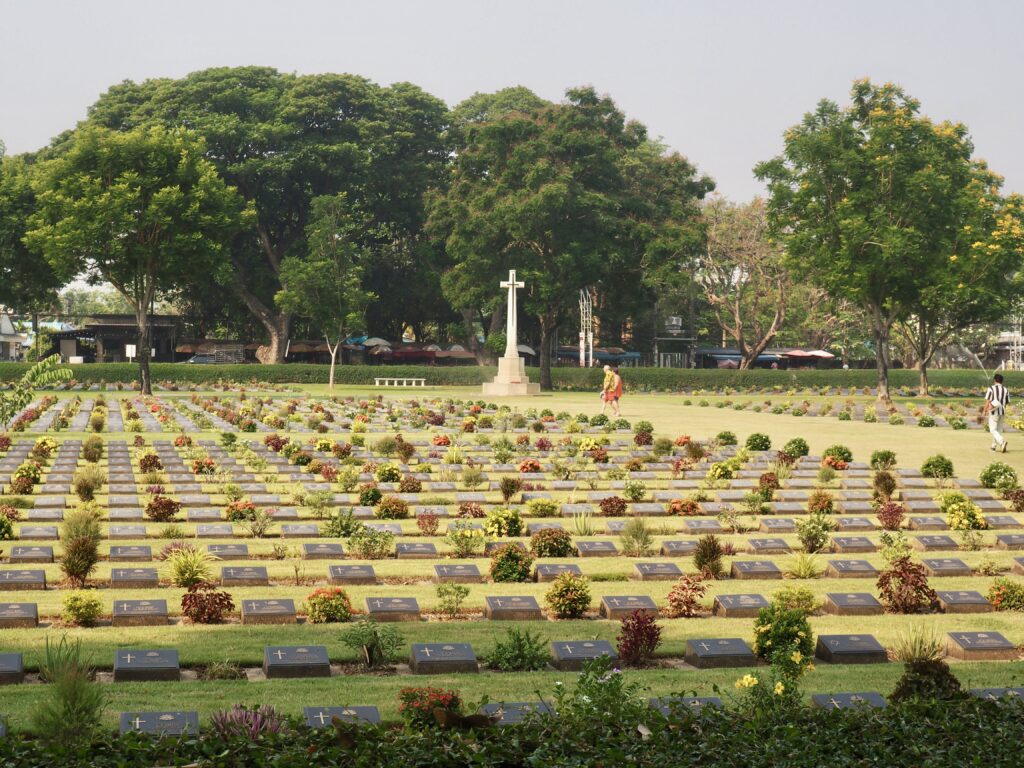
Resupply of Japanese forces in Burma (now Myanmar) by sea was threatened by Allied forces, causing the Japanese to dust off old ideas about a railroad to be routed through the mountainous jungle from Thailand. The Japanese assembled a slave workforce comprised of 60,000 Allied prisoners of war and 200,000 impressed Tamil, Javanese, Chinese, Malay, Burmese, and Thai laborers (“Romusha”) of whom an estimated 12,500 POWs and tens of thousands of Romusha died. Through the exercise of brutality and disregard for life, a task thought to require five years was completed in 16 months, despite POW efforts at sabotage.
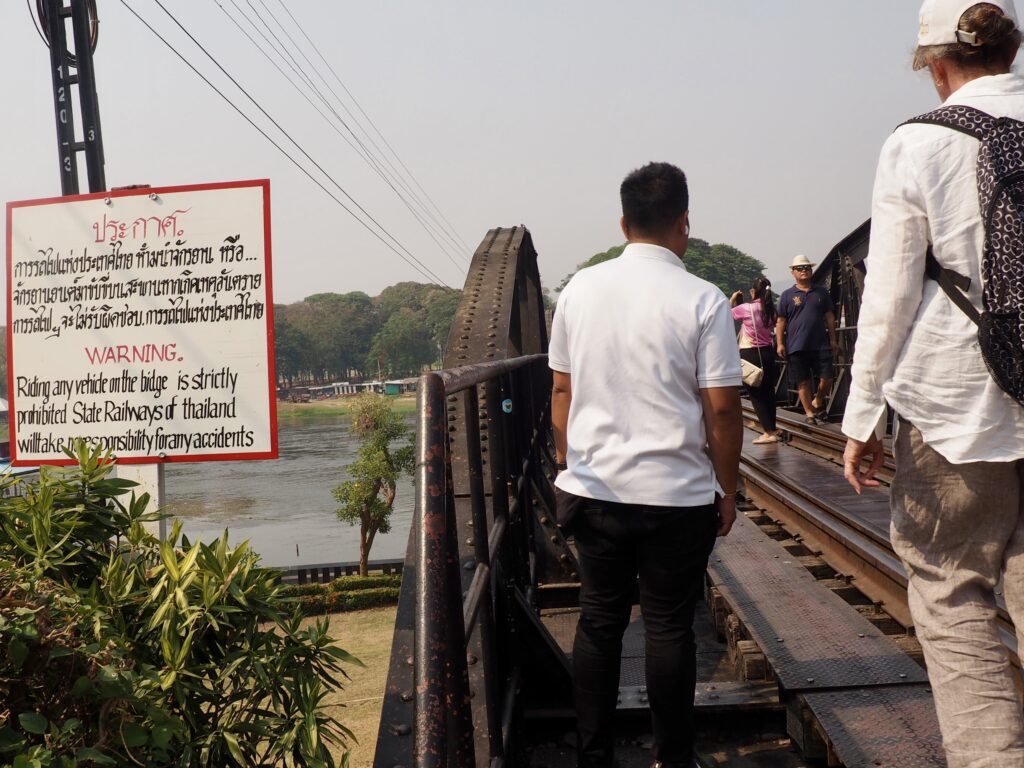

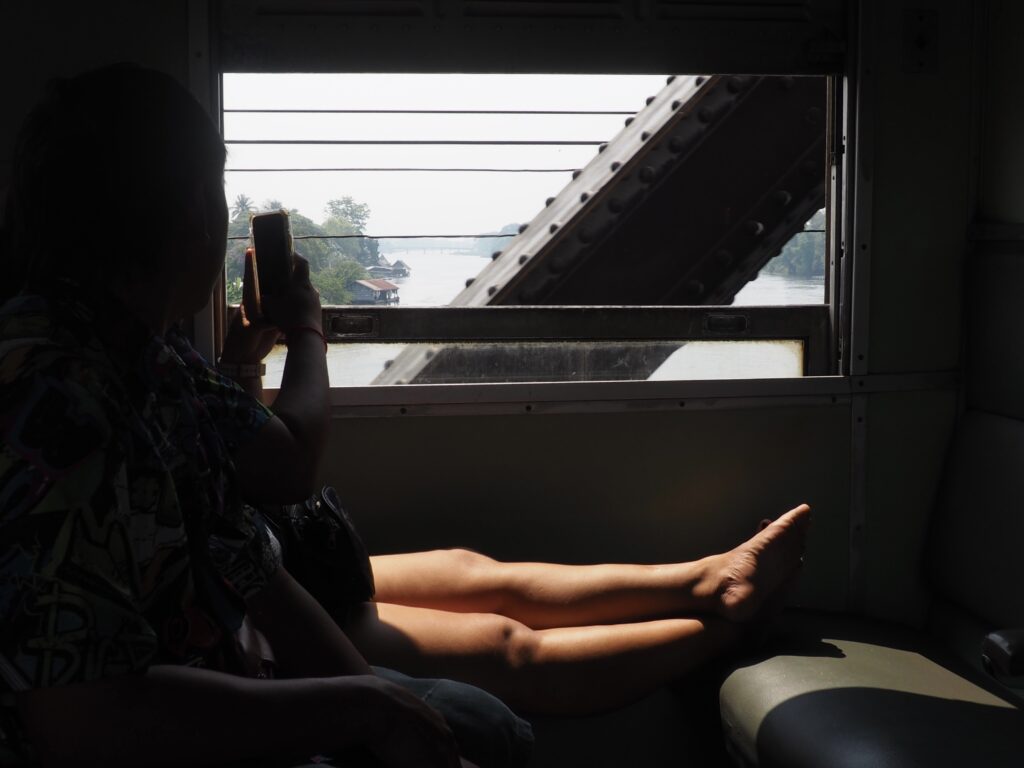






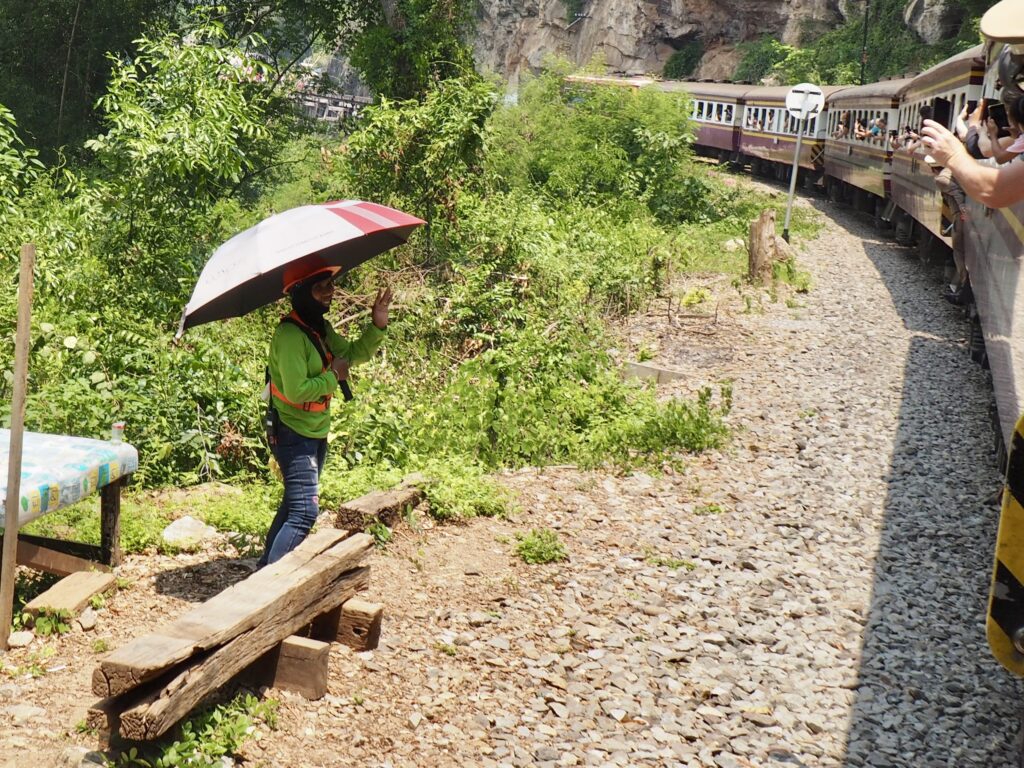
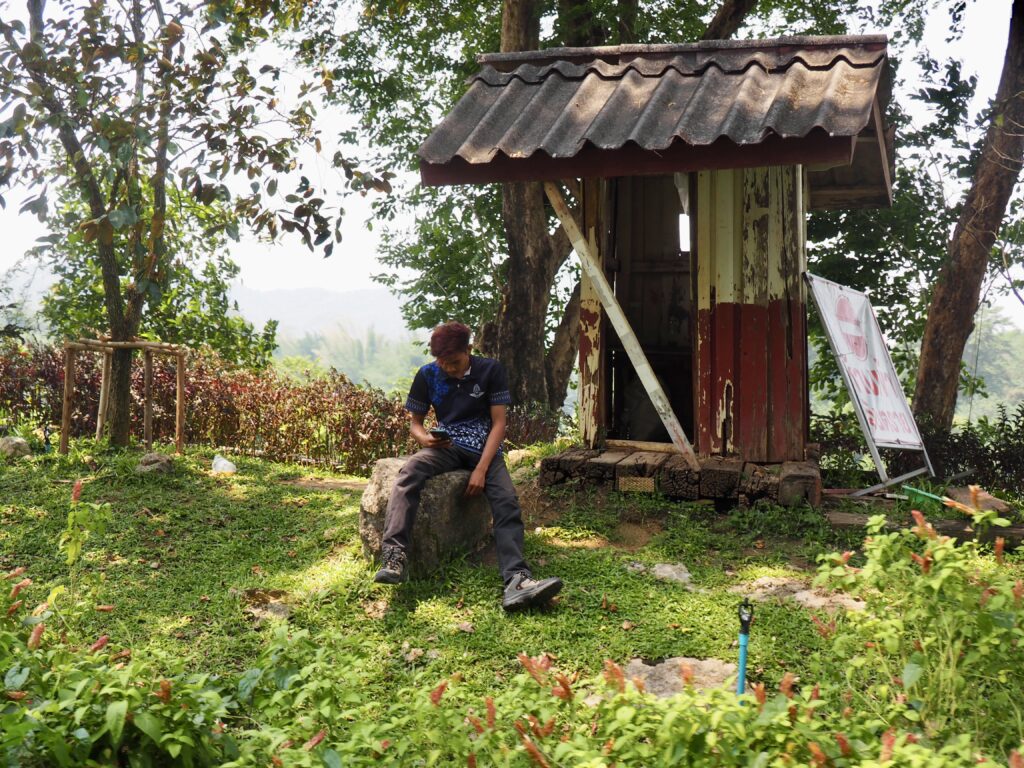
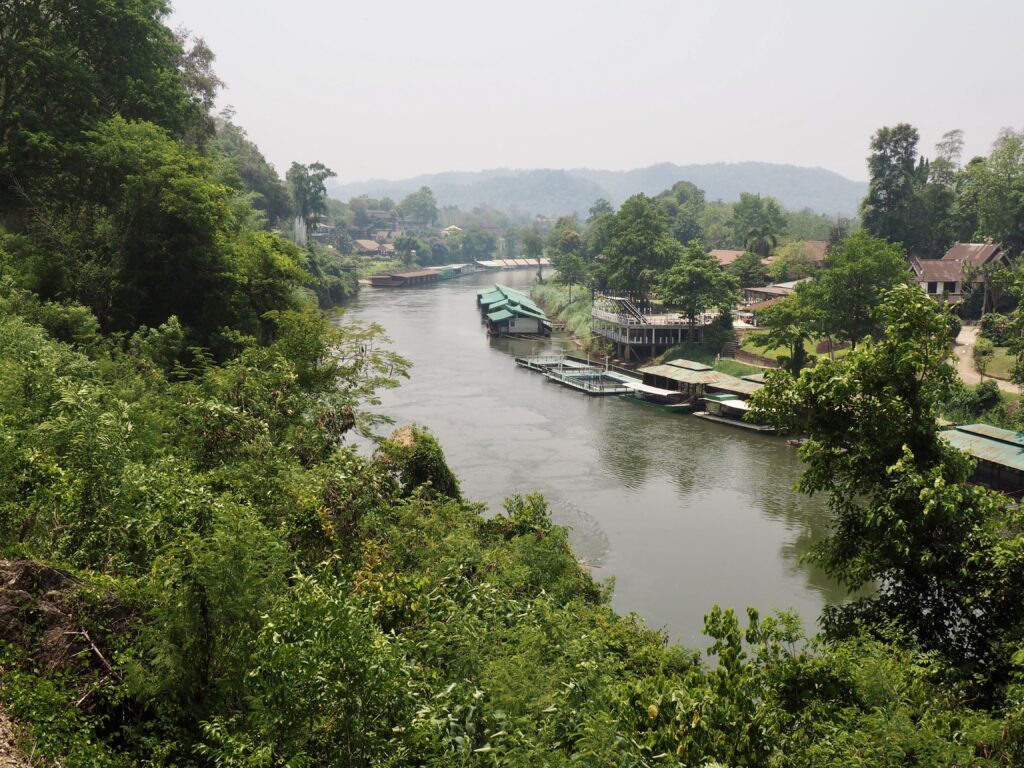
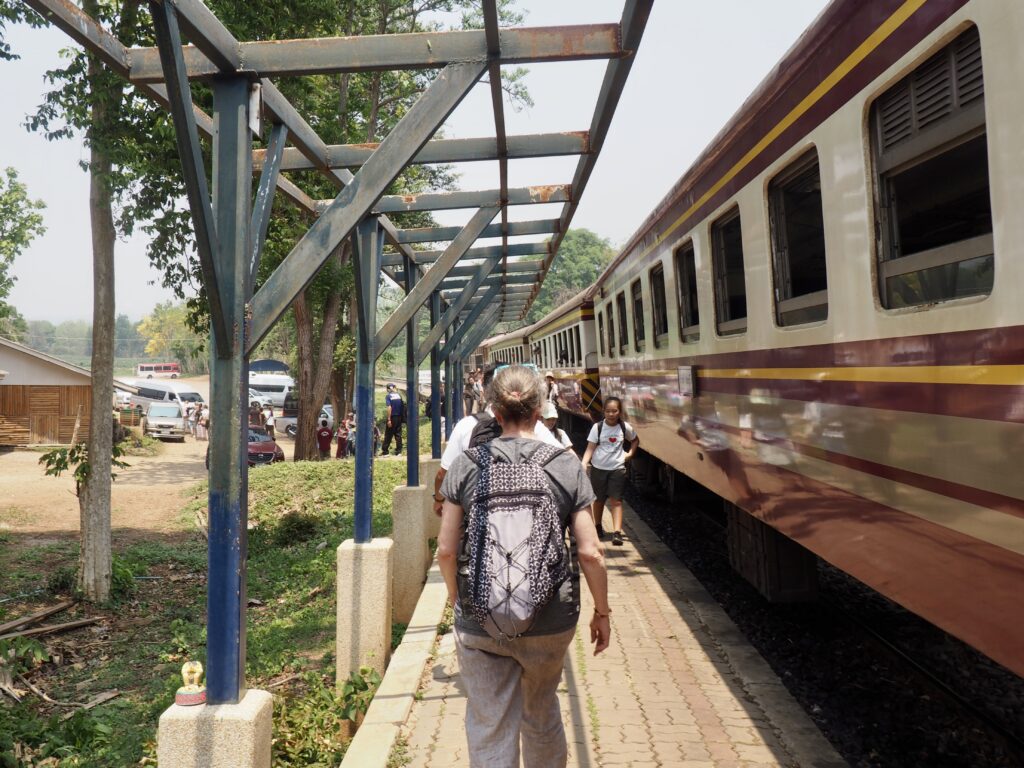
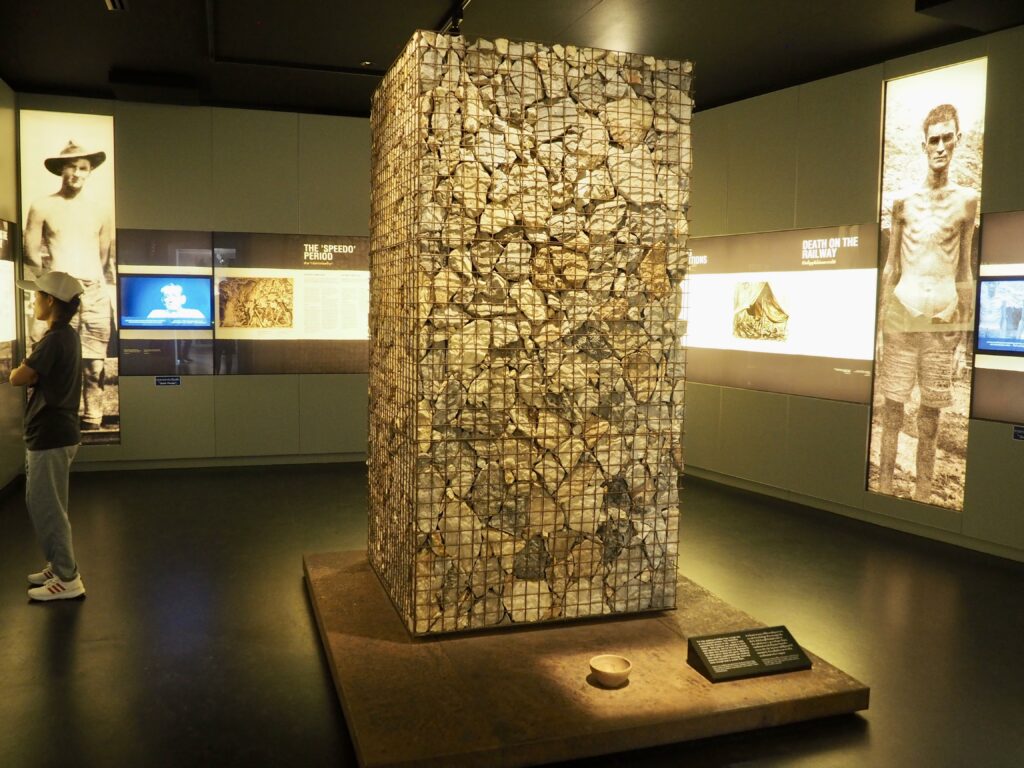
The Hellfire Pass Interpretive Centre and Memorial Walkway was created and maintained by the Australian government in honor of those who died here. It is an excellent and sobering museum.
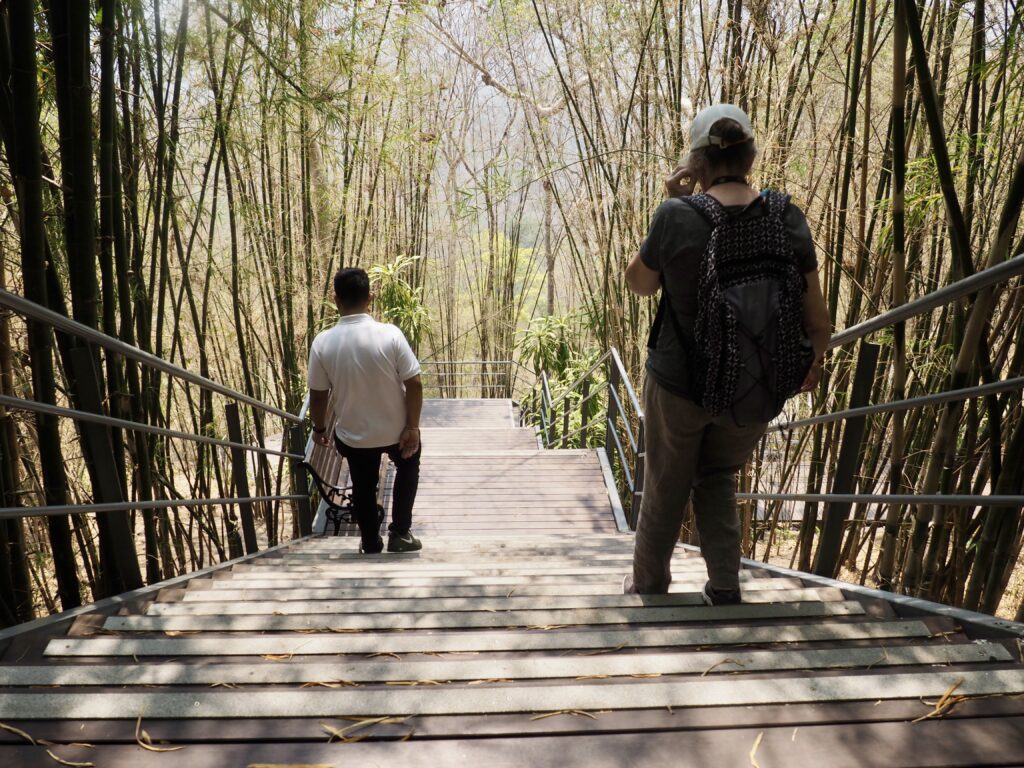
We elected (it being well over 100°F) to walk down through the first (Konyu) cutting and to the Memorial (1 km round trip), rather than the >5 km round trip through 5 more cuttings for which you are required to carry a safety radio.




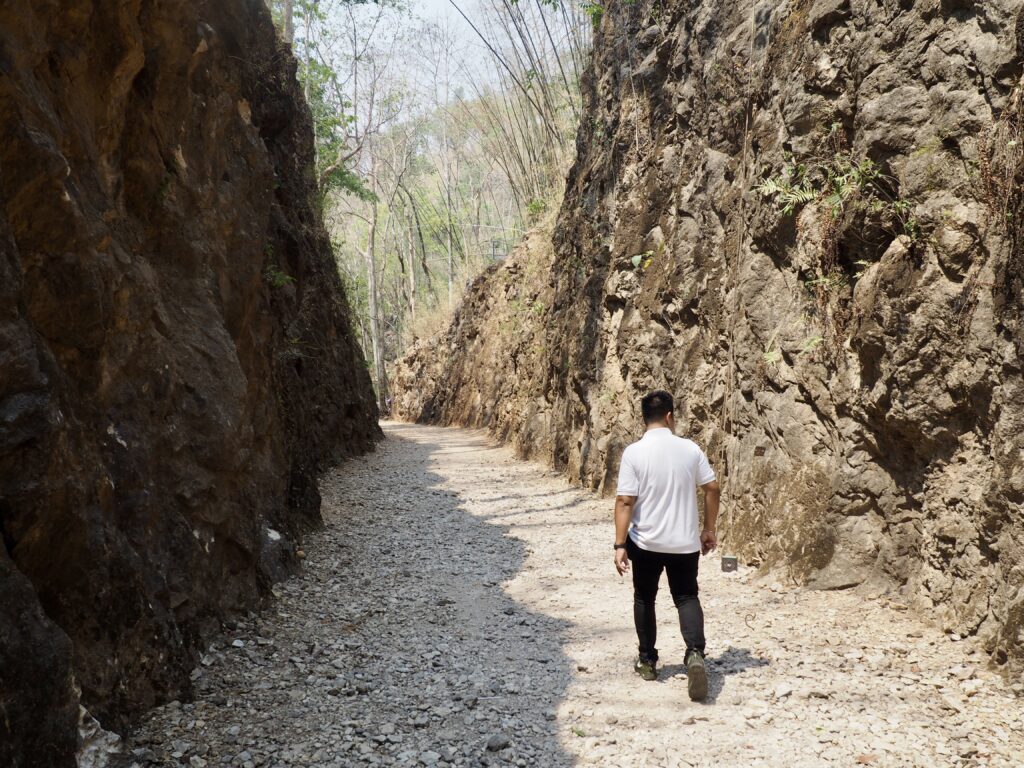



The VFW erected this memorial plaque last year (2023) to commemorate the approximately 690 Americans among the Allied POWs, most captured on Java. It does not record whether any of those died in the building of the railroad. Our neighbor’s father was among the Dutch POWs forced to labor on the construction of the railroad, having also been captured on Java. He, fortunately, survived. We wished we had brought something to leave at the memorial.
We walked back up to our van, a cold bottle of water and a ride back to Bangkok.

